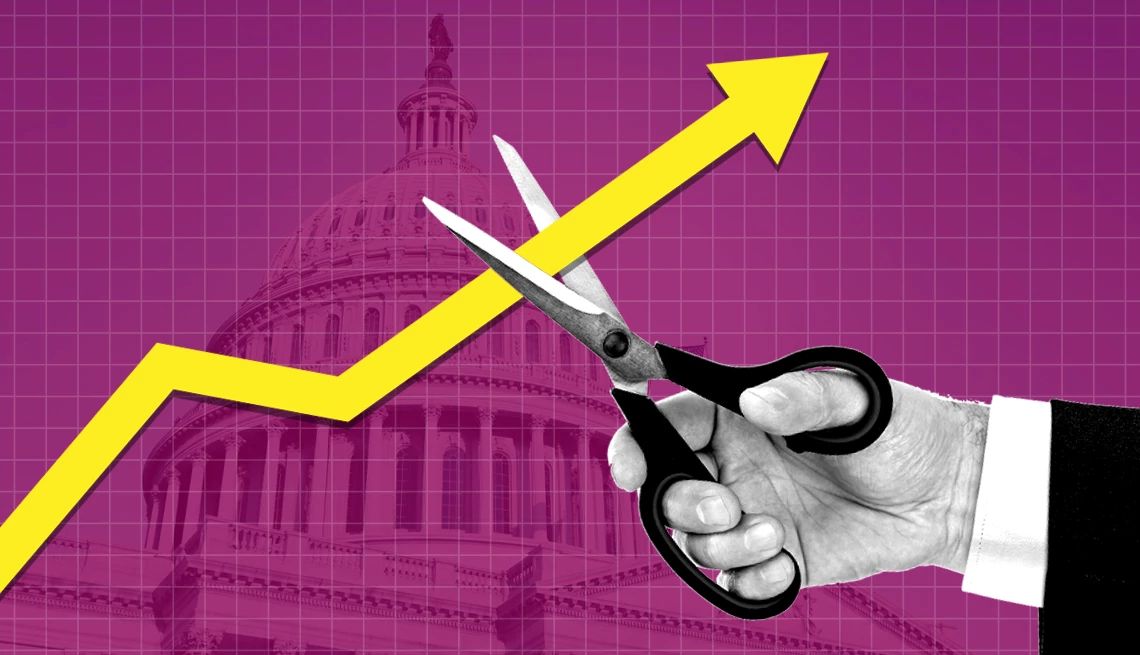On September 18, 2024, the Federal Reserve’s Open Market Committee (FOMC) reduced its benchmark interest rate by 50 basis points. This marked the first rate cut since March 2020, signaling a shift in monetary policy as inflation cooled to under 3%. With inflation nearing the Fed’s 2% target, analysts expect additional cuts through mid-2025. But what does this mean for stock market investors?
Why Rate Cuts Matter
When the Fed lowers interest rates, borrowing costs decrease for businesses and consumers. This can stimulate economic growth by reducing the cost of debt and encouraging spending and investment. In turn, businesses may pursue expansion, and investors could funnel more capital into the stock market, pushing stock prices higher.
Positive Rate Cuts: Growth Opportunities
If the Fed cuts rates due to improved economic conditions, such as falling inflation, it is generally seen as positive for stocks. Investors tend to anticipate stronger earnings from companies, leading to a bullish outlook and rising stock prices.
Negative Rate Cuts: Economic Slowdowns
Conversely, if rate cuts are in response to economic weakness or uncertainty, investor sentiment may remain cautious. In such cases, businesses and investors may hold back on significant spending, resulting in slower market growth.
Timing and Investor Sentiment
Stock prices often respond to expectations about rate cuts before the Fed takes action. If a cut aligns with investor forecasts, market reactions may be minimal, but unexpected moves—either more or less aggressive than anticipated—can lead to volatility.
Portfolio Strategies: Short-Term vs. Long-Term Investors
Short-term investors might adjust their portfolio exposure, shifting between stocks and bonds depending on the interest rate environment. When rates fall, stocks often outperform bonds, making equities more attractive.
For long-term investors, frequent portfolio overhauls in response to rate changes can be counterproductive. Instead, sticking to a proven asset allocation strategy with small sector-based adjustments can help balance risk and reward over time. Historically, sectors like autos, apparel, and retail perform well in lower-rate environments, while reducing exposure to financials and utilities may be advisable.
Seizing Opportunities in a Falling Rate Environment
With further rate cuts expected in the coming months, short-term traders may consider tilting their portfolios more heavily toward stocks, while long-term investors can benefit from gradual, strategic adjustments to sector exposure. By staying informed and aligned with broader economic trends, investors can capitalize on the evolving market conditions.





